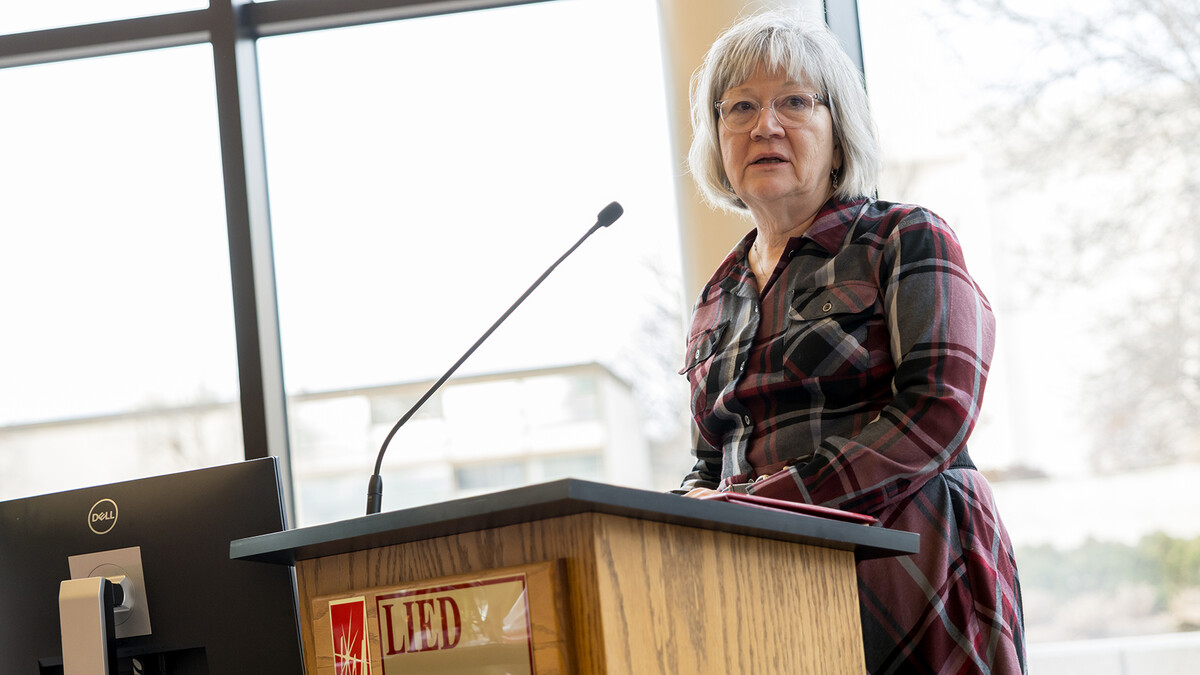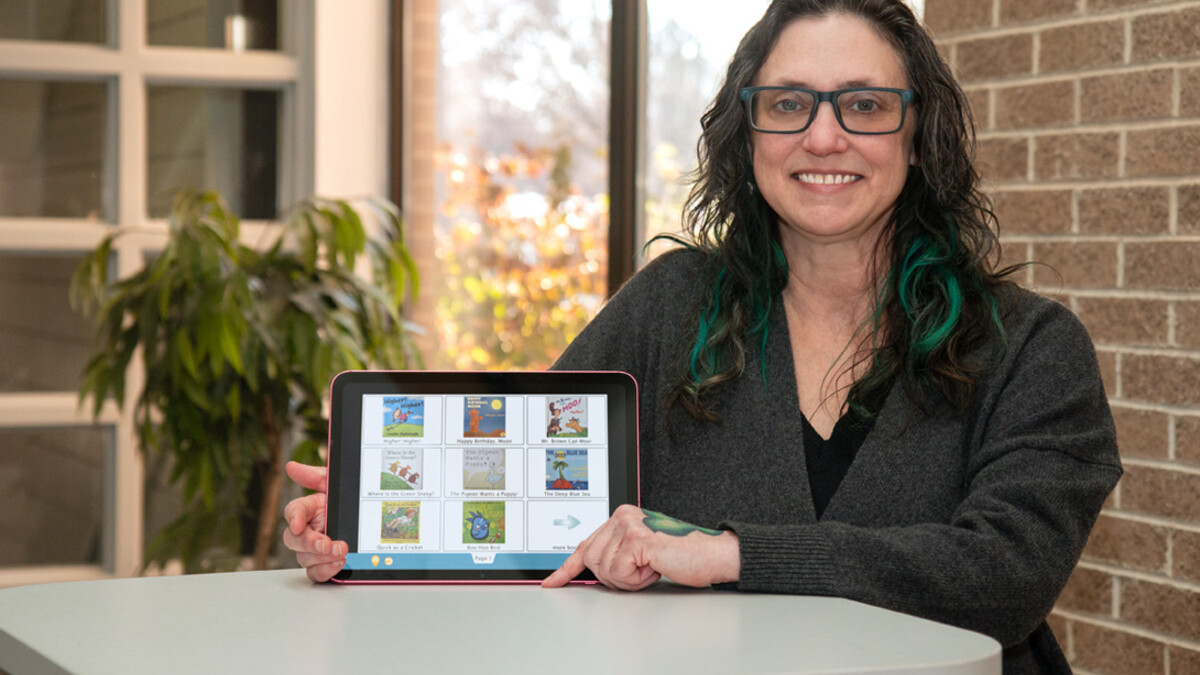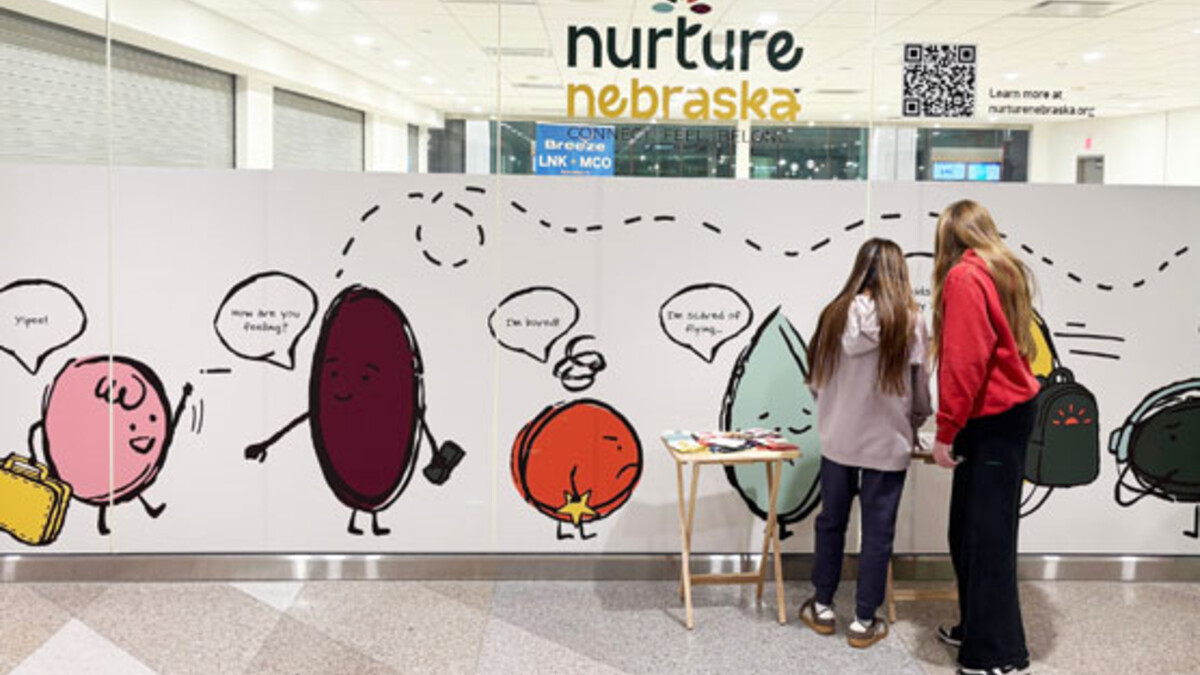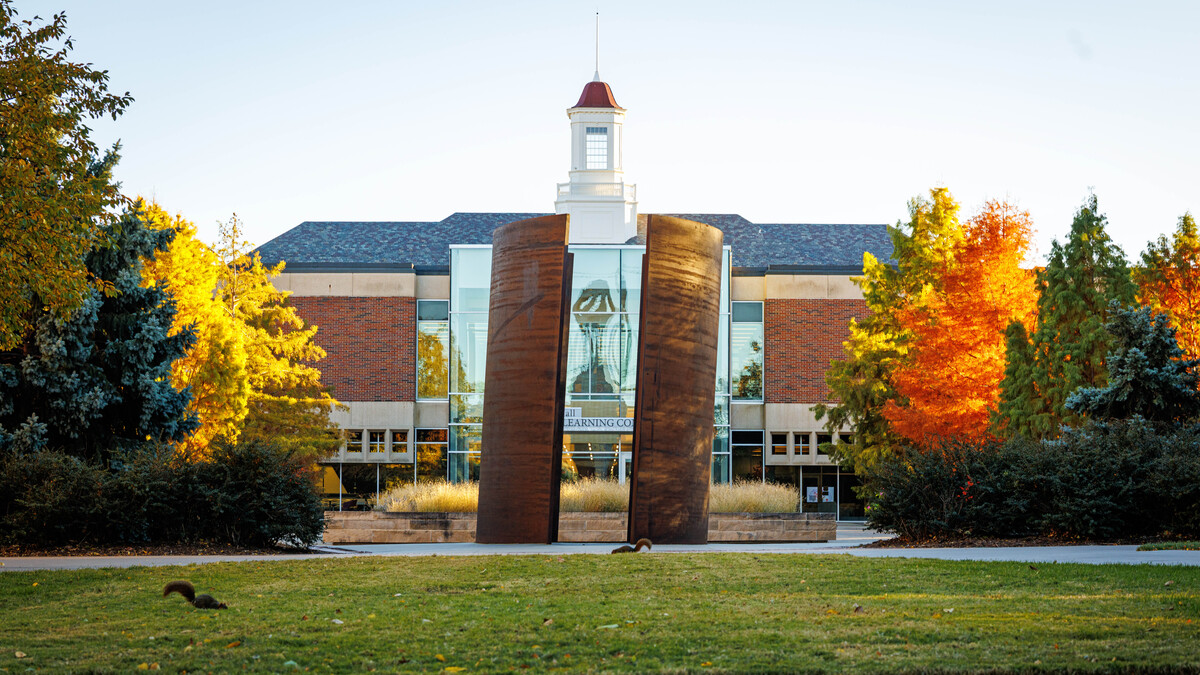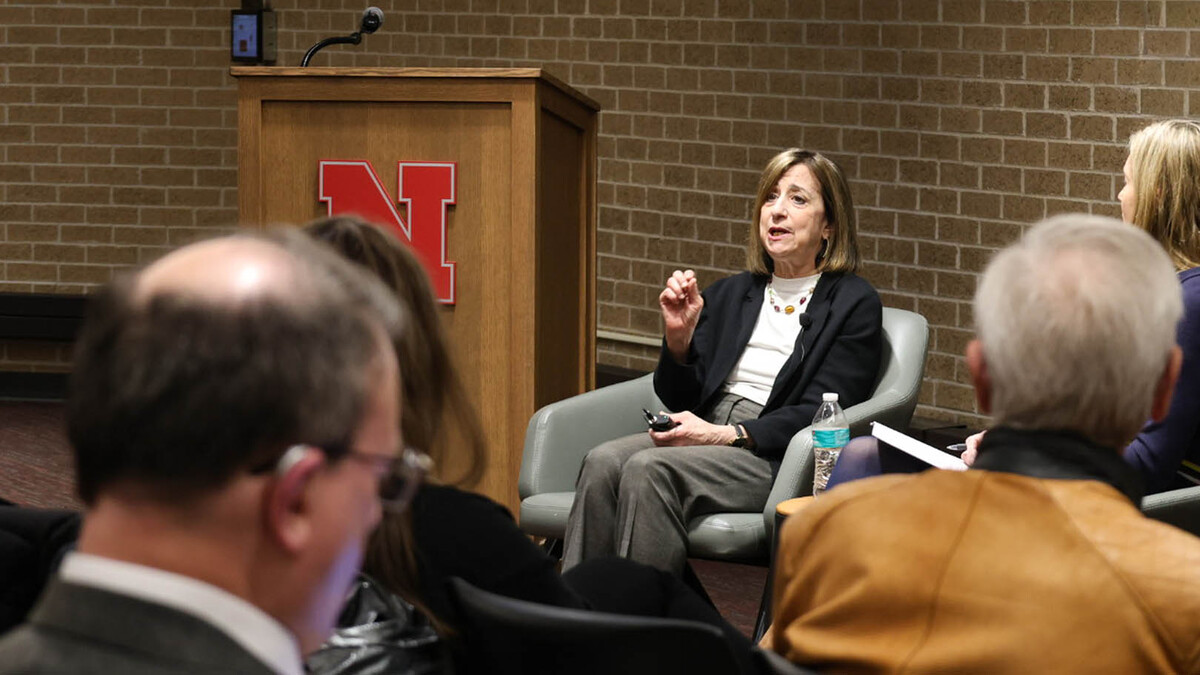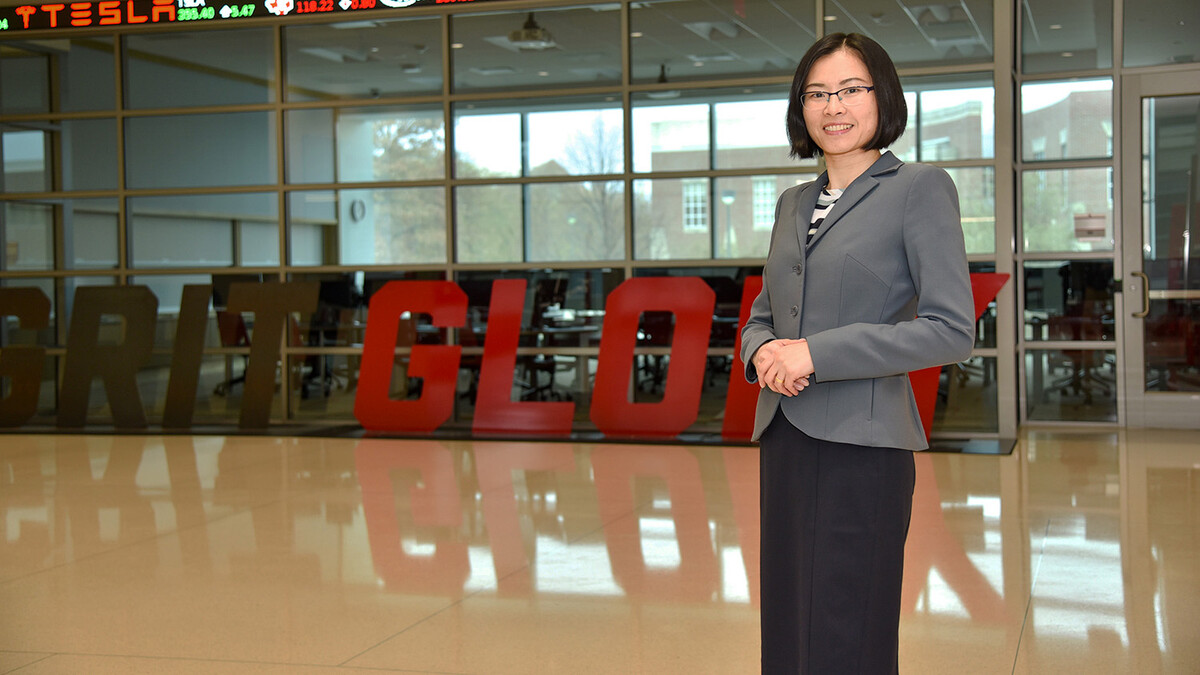
Despite its billing as the “most wonderful time of the year,” for many the holiday season is difficult, especially this year.
COVID-19 is heaping job worries, disrupted family traditions and more isolation on top of normal holiday stress and anxiety.
For Nebraskans, there is help. The University of Nebraska Public Policy Center, in partnership with state agencies, has a number of ongoing projects to help people in crisis and prevent suicidal behavior.
Nebraska mental health and prevention partners took steps to address the increased amount of stress in the state from widespread flooding in 2019, and those efforts have continued and adapted to the pandemic, said Quinn Lewandowski, a research specialist at the Public Policy Center and a leader in the Nebraska State Suicide Prevention Coalition.
“Thanks to the generous support of funders that see the importance of supporting our residents in blue and gray sky days, we have been successful in increasing collaborations, restricting means of suicide, reducing stigma, fostering conversations about mental health and suicide and providing skills for people to directly intervene when someone they encounter is contemplating suicide,” Lewandowski said.
A report this month from the Public Policy Center notes that behavioral health officials across the state saw an increase in suicide attempts related to the pandemic. The report’s authors cited the stress and anxiety stemming from disrupted routines and increased isolation.
In the Lincoln-Lancaster County area, the suicide attempts among those 10 to 24 years old in 2020 increased 13.6 percent compared with the average of the previous three years, the Public Policy Center reported. Despite the higher number of attempts, the number of deaths by suicide in that age group in 2020 — five — remained the same as in 2019.
The state, through coordination of a number of agencies, health providers, schools and the university, has adopted a philosophy that all suicides are preventable. The largest grant, $3.6 million over five years, aims to reduce the youth suicide rate by 80 percent by 2024. It is primarily focused on a 16-county area in southeast Nebraska.
Grants have funded training sessions that have multiplied the number of people across the state who are working to make it OK to ask for help. Through one program, 14 organizations participated in a Zero Suicide Academy in October and are spending this year implementing practices to better address mental health and follow up with people at risk of suicide. Professionals and an increasing number of volunteers across the state know what to look for, the questions to ask and resources to offer.

In addition to the training, the projects have led to some other efforts that are proving to make a difference:
Bryan Health pioneered the distribution, at no cost to the patient, of lockboxes to restrict access to guns or medications, an extra safety net to prevent taking a life. Bryan distributed 150 lock boxes in six months. “Each one out there is a potential life-saving thing,” Lewandowski said. Now all southeast Nebraska hospitals are adopting that protocol for mental health patients, he said.
The Lincoln Suicide Prevention Coalition is maintaining signs in all downtown city and university parking garages – walkways to the top floors and all around the top floors – asking: Feeling hopeless, depressed or suicidal? You’re not alone. The signs include places to go for help and the national suicide prevention hotline, 1-800-273-8255. (Nebraska also has the Family Helpline, 1-888-866-8660.) Law enforcement officers continue to tell the coalition that the signs have made a difference, Lewandowski said. A university student told a campus clinician that the signs gave the student hope to see that someone cared.
Another sign project involves yard signs with hopeful messages, such as “Glad you’re here,” “You’re not alone,” “You are loved” and “The world needs you.” Schools, businesses and homeowners have requested the signs, which are in seven languages and can be seen throughout southeast Nebraska.
At Husker Harvest Days in 2019, help cards that could be discretely tucked into wallets were passed out. A few months later, January 2020 had an all-time high number of calls to the Nebraska Rural Response hotline, 1-800-464-0258. Also noteworthy: instead of being mostly from women, 55 percent were from men, said Susan Harris, a University of Nebraska Extension Educator in the Rural Family Stress and Wellness Work Group.
In rural areas, the focus has been on training health care workers, clergy and people in daily contact with farmers and ranchers, such as bank lenders and implement dealers, to help them recognize signs of distress among their contacts. During the pandemic, 24 online workshops have been held, Harris said.
Instead of coffee meetups or other gatherings that probably would happen naturally without pandemic restrictions, she said, the trainees are encouraged to make regular contact in whatever way works best — phone call, email or text.
UNL’s Big Red Resilience and Well-being program offers a range of online support, relying heavily on social media platforms where students spend time as well as five-minute anonymous screenings available on the program’s website, resilience.unl.edu. Students who need support or connections to resources can schedule a walk or Zoom call with a well-being coach.
In addition, every student’s Canvas page where they get messages and submit assignments has a well-being button. The university offers counseling and psychological services 24/7.
“Every student is one touch away from help,” said Connie Boehm, director of student resilience.
Thirty well-being coaches and another 70 student volunteers are connecting with students weekly over the holiday break, she said.
“Asking, ‘Are you thinking about harming yourself,’ that simple question can really save a student,” Boehm said.
The most striking and direct impacts of the youth suicide prevention effort have come from QPR — Question, Persuade, Refer — training generally aimed at non-clinicians, the Public Policy Center report says. More than 3,500 people have been involved in 36 QPR trainings over the last 18 months.
“This evidence-based training is designed to provide people with skills and information about resources to help them talk with others about suicide, and to reduce stigma around having these discussions,” Lewandowski wrote in the Public Policy Center report.
Some introspection and self-care can help with the holidays, which bring their own stress over deadlines, finances, expectations and family disagreements. The American Foundation for Suicide Prevention is offering self-care tips to help people navigate the season.

